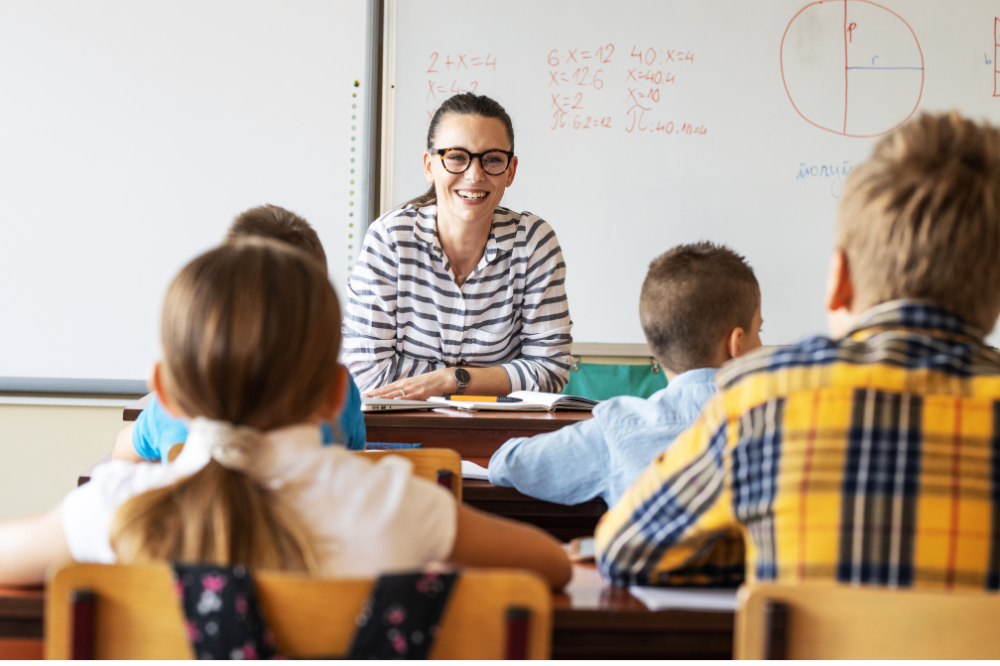
Australian schools spend millions each year on professional learning, but knowing what truly works – and why – remains a challenge.
Despite the investment, many teachers say there are still big gaps in understanding how to make professional development effective, sustainable, and meaningful for both teachers and students.
To address this, a new collaborative research project will explore which professional learning interventions make the biggest impact in Australia’s classrooms, and more importantly, how principals can embed them.
The multi-study project will see the Australian Education Research Organisation (AERO join forces with education systems, sectors, universities and professional learning providers to investigate how best to build teacher capacity through evidence-based teaching practices.
Early findings from the project show that effective professional learning hinges on strong relationships and ongoing support. One study examines how refresher ‘booster’ sessions help teachers maintain evidence-based practices, while another explores coaching as a driver of growth — together revealing how targeted, practical training can strengthen teaching across Australian schools.
Effective PD starts with the right mix
AERO CEO Jenny Donovan said while schools allocate significant budgets to professional learning, it can be difficult to know what interventions work best, in what contexts, and why.
When asked if there are specific contexts where professional learning approaches need to look fundamentally different to be effective, Donovan said it’s less about reinventing the wheel and more about refining the approach.
“Context certainly matters but it’s less about designing completely different professional learning approaches and more about choosing ones with the right ingredients, for example collaboration, feedback, goal setting and modelling of effective practice,” Donovan told The Educator. “Sustained engagement is far more effective than one-off sessions.”
For regional and remote schools, Donovan said access and isolation are often the challenge, so virtual learning and peer mentoring can work well so long as professionals can commit the time to complete the training.
“In small schools, coherence can actually be easier to achieve and partnerships often fill gaps in expertise. In schools with high staff turnover, stable leadership and strong systems are crucial.”
Early coaching key to success
While coaching is known to be a promising strategy, AERO has partnered with La Trobe University’s Science of Language and Reading (SOLAR) Lab to investigate the effective mechanisms of sustained, in-school coaching on teacher use of explicit instruction as well as student literacy outcomes.
Interviews with educators involved in the randomised controlled trial involving 22 schools across Victoria revealed that a focus on building the professional coaching relationship in the beginning — although time-consuming — was a vital ingredient for success.
Study participants also highlighted the importance of flexibility and adaptability to the school context, the coach’s credibility and knowledge, mutual respect, agreement on and a shared understanding of responsibilities, and having a clear and common goal that aligned with broader school priorities.
‘There are no shortcuts’
In a separate study in partnership with the Association of Independent Schools of Western Australia (AISWA), AERO examined the effectiveness of a scalable refresher or ‘booster’ intervention as a follow-up to more extensive professional learning.
“AISWA is proud to contribute to research that informs how professional learning can make a significant difference in student learning,” Chris Massey, Executive Director of AISWA, said.
This study found that the booster intervention tested was not effective, providing no additional benefit for teachers who participated in the booster versus those who did not.
When asked what principals should prioritise when trying to embed coaching in a way that’s realistic, consistent, and impactful across an entire staff, Donovan pointed to strong coaching relationships, which she said are “powerful drivers or teacher growth”.
However, for this approach to be scalable, principals need to focus on clarity of roles and purpose.
“Everyone should understand why coaching is happening and how it connects to the school’s broader goals, which really means getting all staff on the same page as well as aligning the purpose of the coaching with the goals of the school,” she said.
“Leaders also play a vital role in creating and protecting the time and support needed to make coaching happen and to make coaching impactful.”

